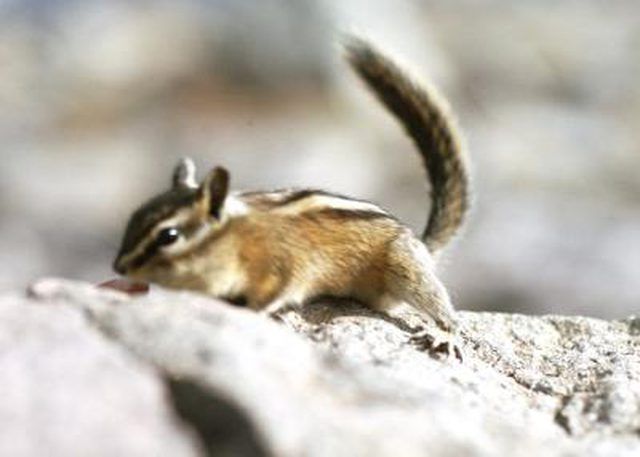Bulbs
Flower Basics
Flower Beds & Specialty Gardens
Flower Garden
Garden Furniture
Garden Gnomes
Garden Seeds
Garden Sheds
Garden Statues
Garden Tools & Supplies
Gardening Basics
Green & Organic
Groundcovers & Vines
Growing Annuals
Growing Basil
Growing Beans
Growing Berries
Growing Blueberries
Growing Cactus
Growing Corn
Growing Cotton
Growing Edibles
Growing Flowers
Growing Garlic
Growing Grapes
Growing Grass
Growing Herbs
Growing Jasmine
Growing Mint
Growing Mushrooms
Orchids
Growing Peanuts
Growing Perennials
Growing Plants
Growing Rosemary
Growing Roses
Growing Strawberries
Growing Sunflowers
Growing Thyme
Growing Tomatoes
Growing Tulips
Growing Vegetables
Herb Basics
Herb Garden
Indoor Growing
Landscaping Basics
Landscaping Patios
Landscaping Plants
Landscaping Shrubs
Landscaping Trees
Landscaping Walks & Pathways
Lawn Basics
Lawn Maintenance
Lawn Mowers
Lawn Ornaments
Lawn Planting
Lawn Tools
Outdoor Growing
Overall Landscape Planning
Pests, Weeds & Problems
Plant Basics
Rock Garden
Rose Garden
Shrubs
Soil
Specialty Gardens
Trees
Vegetable Garden
Yard Maintenance
How to Catch a Chipmunk in the Attic
How to Catch a Chipmunk in the Attic. Being ground squirrels, chipmunks rarely find their way into attics. If you do find a chipmunk in the attic, it probably came inside on the ground floor, before panicking and running upstairs. With tree squirrels, you can often simply provide an escape route in the form of a rope or ramp leading to an open...

Being ground squirrels, chipmunks rarely find their way into attics. If you do find a chipmunk in the attic, it probably came inside on the ground floor, before panicking and running upstairs. With tree squirrels, you can often simply provide an escape route in the form of a rope or ramp leading to an open window and the animal will leave by itself. Chipmunks, however, are not great climbers, and you’ll probably need to use a humane trap.
Things You'll Need
Live trap for squirrels
Peanut butter
Close any open windows. As chipmunks are not the best climbers, if the chipmunk does try to leave this way, it might fall to its death.
Remove any loose objects that might provide hiding places, such as cardboard boxes, except the one in which the chipmunk is hiding. You have more chances of catching the chipmunk if your traps are the main hiding places. Removing its current hiding place will, however, make the chipmunk panic and you might get bitten as it scrambles to escape.
Bait one or more live traps for squirrels with peanut butter and position in corners or alongside walls.
Turn off any lights and draw blinds over the windows. Chipmunks feel more secure in the dark.
Close any doors or hatches leading to the attic.
Check the traps every hour. Once you have caught the chipmunk, release it elsewhere on your property, as far away from the house as possible.
Tips & Warnings
In the future, keep ground floor doors closed and fit screens over accessible windows to prevent any more chipmunks coming in. If you think the animal obtained access through a gap in the walls, seal with the appropriate building materials for your property or tack hardware cloth over it.
Releasing the chipmunk off your property, for example in a park, is inadvisable. There may be restrictions on the practice in your region and the chipmunk’s chances of survival are reduced, as it will need to compete with established chipmunk populations.